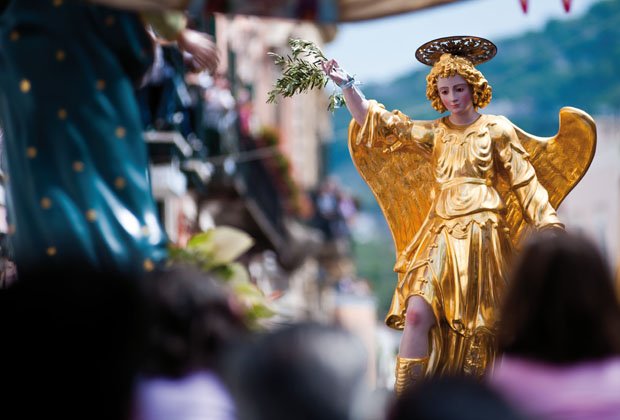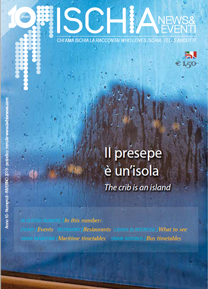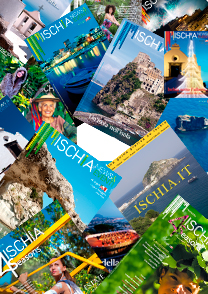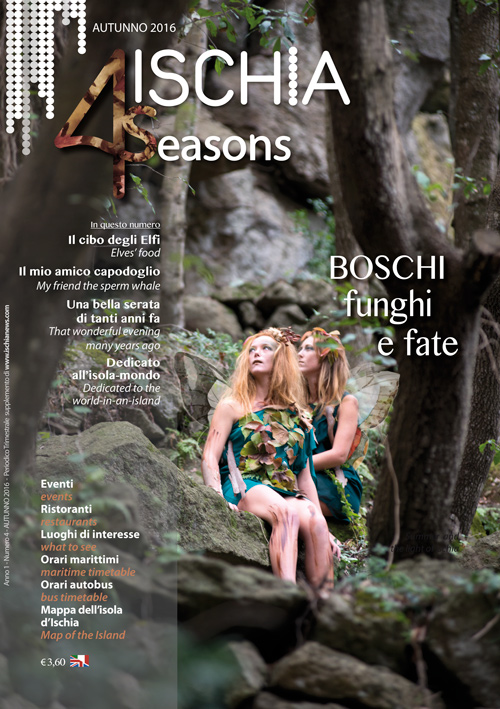Easter, Passage and the Spring Egg
 Easter was also a little known deities belonging to the worship of the ancient Saxons. Scandinavian goddess of spring was the symbol of the resurrection of all nature and was worshiped at the beginning of this season. Just the Norwegians, the “pagans”, at that time, had as a habit, among other things, the exchange of colored eggs called “Ostara eggs” that now have become the "Easter eggs”. It is likely that from this devotion derives the word in English.
Easter was also a little known deities belonging to the worship of the ancient Saxons. Scandinavian goddess of spring was the symbol of the resurrection of all nature and was worshiped at the beginning of this season. Just the Norwegians, the “pagans”, at that time, had as a habit, among other things, the exchange of colored eggs called “Ostara eggs” that now have become the "Easter eggs”. It is likely that from this devotion derives the word in English.
The word “Passover”, in turn, would come from the Aramaic “Pasha” or Hebrew “pesach”. The meaning indicates something that we celebrate even in Christianity, or a journey, “to be free” or in other words to “pass over”.For Jews it is a solemn festival and is celebrated every year to commemorate the “passage” of the exterminator angel sent by God in Egypt, in the form of the plague that killed the Egyptians and to remember the output in the flow of the Jewish people led by Moses, who was chosen to deliver them from bondage and led the Children of Israel out of Egypt. The Israelites were able to cross the Red Sea (in Hebrew Kriat Yam Suph) without danger - as separate from God - and with dry feet. This story is also mentioned in Quran, in Surah 26, verses 60-67 to. In Christianity indicates, however, the celebration of the resurrection of Jesus who, according to the Fathers of the Church, is “the passage from the worldly life to the bliss of the Promised Land reachable through Christ”. The festival, the first ecumenical council of the Christian world held in Nicaea in 325 A.D., is celebrated every year on the first sunday after the full moon following the spring equinox, identifying therefore the period between March 22 and April 25. Easter, however, is preceded by a period of preparation, that is, ‘Lent’, from the Latin “quadrigesima”, that is forty days before Easter, from the period of the ashes to a “passage” of six weeks. In addition, it is through the egg symbolism, meanwhile that you can understand a more hidden and deep meaning. The egg has been since ancient times a symbol of powerful birth. There was the Hindu “World Egg”, used to the gestation of Brahma. The Egyptian one that proceeds from the mouth of the “eternal divinity and without origin”, Kneph, which in turn is the symbol of generating power. Alternatively, the ‘egg of Babylon’, which gave birth to Ishtar. In Egypt colored eggs were exchanged - in the “passage” of one thing in return for another - such as sacred symbols in the period of spring which in turn was the emblem, at the same time, the birth and the cosmic and human, celestial and terrestrial rebirth. Eggs were hung in Egyptian temples like today are suspended in Mohammedan mosques. The egg, still, is the female gamete that has, in its interior, the reserve nutrients for embryo development. The main and immediately perceptible feature is to be the receptacle of something is intended to be transformed and, through a “passage”, become different. It is the symbol that configures the source and in almost all mythologies, eggs represent the origin of the universe. In Tahiti, before creation, there is enclosed Taaroa, the primordial deity creator of the universe. In Greece, Phanes born from cosmic egg, wich break gives birth to the unverse (the myth is Orpheism, but also among the Phoenicians); in Japan, yin and yang (heaven and earth) are contained in the egg according to Nihongi, before manifesting itself; in Zoroastrianism, the egg shell is the sky, the content is the earth. In an ancient legend, the egg is born from the night, in the silence and solitude. The night covers with its wings, while the eldest son of the Universal Father, Love, fecundates it: from what is opened and its contents lives, comes into the world, works, thrives and multiplies. In Japan, in Meaco, the monks are the Chaos in the form of egg in a pagoda. Suspended over the waters to stop near a rock. Semiramide for the Assyrians, finally, was born from an egg hatched and emerged from the water by a dove. The egg, therefore, symbolizes the great mystery of generation. In the book 'Asgard and the Gods', "Christianity gives another meaning to the ancient tradition, linking it with the Resurrection of the Savior who, as a life hidden in the egg, slept in the tomb for three days before awakening a new life”. Christ, therefore, is identified as the Spring Sun awakening after the sad death of winter. It is here that begins to make sense, in fact, the “passage” often remains concealed even in the demonstrations and sacred dramas dedicated to the passion and death of Jesus. In Forio, “the Actus Tragicus” - which is also the association that organizes it since 1982 - is staged on Good Friday through the streets of the town. From the first scene, which is the last supper of Christ, to the last, the “passage” of this slow flow until death moves along the milestones that mark, in other respects, the phases of the last moments life of God’s Son.It is, again, on Thursday as the Good Friday, which in Procida, the island and its inhabitants live with passion the “Procession of the Mysteries”. The preparation of Easter spirit begins several weeks before to the end. In the night between Thursday and Good Friday the procession, from the starting point in Terra Murata, to sunrise, will end in Marina Grande in the “passage” between the main roads of the island. It is after the performance of these dramas, although participatory, which takes place the act to “pass by, to get free”.With typical popular devotion, always in Forio, the event of the “Angel Race” - which some sources date back to 1620 - portrays the resurrection of Christ in a strict but at the same time fluid practice. It is repeated every year and consists of four characters: the risen Jesus, St. John, the Virgin and the Angel, portrayed by four wooden statues carried on the shoulders by the first-born of some forian families. In the same Easter Sunday, of course, also Casamicciola becomes a stage for the representation of the resurrection of Christ.This is the Spring Festival that in Ischia has the character of rebirth. In the “passage” from winter hibernation to the festive awakening.
By Graziano Petrucci










































